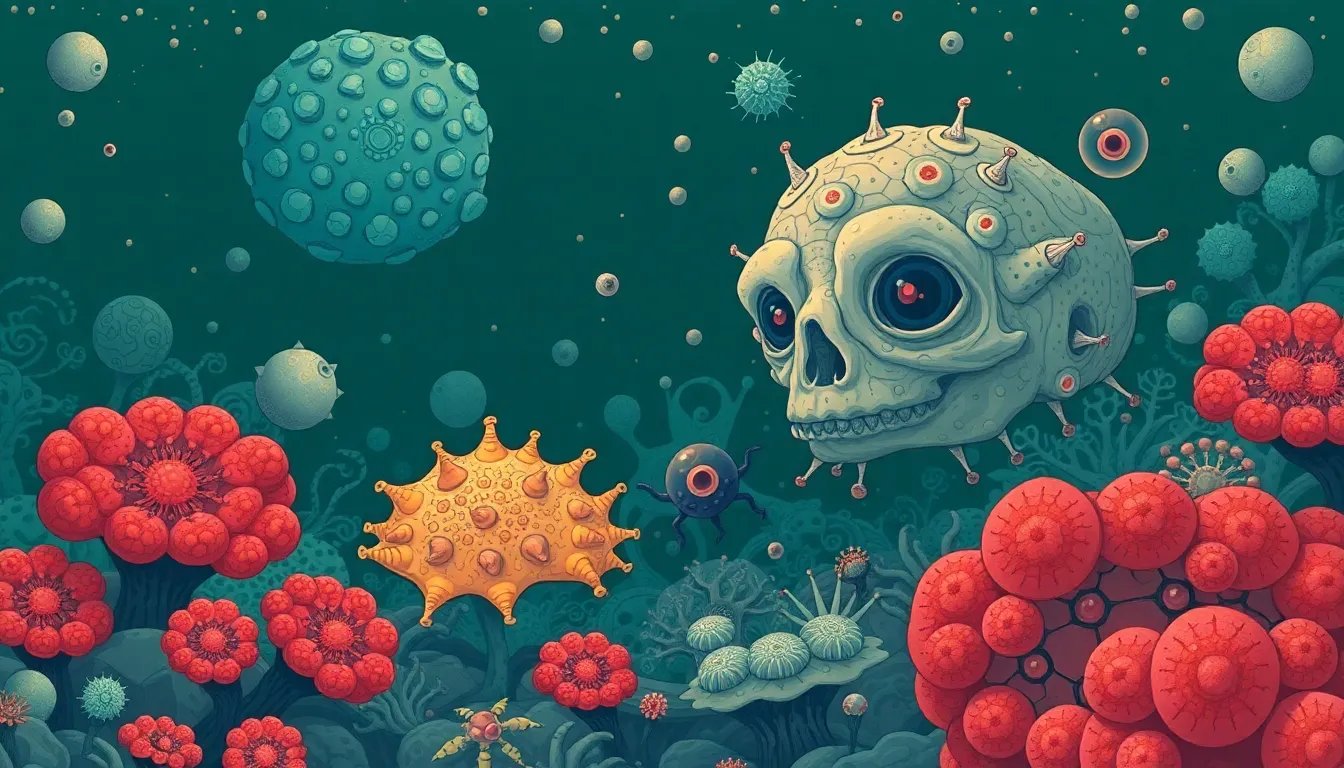Physical Address
304 North Cardinal St.
Dorchester Center, MA 02124
Physical Address
304 North Cardinal St.
Dorchester Center, MA 02124

Hey yippy LIFE community! Get ready for some mind-blowing news that’ll make you rethink everything you thought you knew about life on Earth!
So, you know how we’ve always had this chart of life that shows how species have come and gone over time? Well, hold onto your hats, because scientists at Virginia Tech have just extended that chart by a whopping 1.5 billion years! That’s right, we’re talking about life forms that existed way before dinosaurs were even a twinkle in evolution’s eye.
This new study, published in the super fancy journal Science, is giving us a peek into the Proterozoic Eon. That’s the time from about 2.5 billion to 539 million years ago. Back then, life was pretty different from what we see today. We’re talking about squishy sea sponges and other tiny critters that didn’t leave behind many fossils.
Here’s where it gets wild. For about a billion years, from 1,450 million to 720 million years ago, things seemed pretty chill. Scientists even called it the “boring billion” because not much seemed to be happening. But guess what? It turns out this period was secretly setting the stage for all the crazy life we see today!
During this time, the first eukaryotes (that’s fancy talk for organisms with complex cells like us) were slowly but surely evolving. These little guys were taking their sweet time, evolving slower and living longer than their descendants. It’s like they were in no rush, just chilling and perfecting their cellular game.
But then, BAM! Around 720 million years ago, Earth decided to throw a massive curveball. We’re talking about Snowball Earth, people! The entire planet got covered in ice, not once, but at least twice between 720 and 635 million years ago. Talk about a global cool-down!
When things finally warmed up, it was like life hit the fast-forward button. All of a sudden, species were evolving and changing faster than ever before. It’s like the ice ages gave evolution a much-needed kick in the butt!
This discovery is huge for understanding how life on Earth got so diverse and complex. It’s not just about filling in some gaps in an old chart. This new info could help us figure out:
Of course, this discovery leaves us with some juicy questions:
This study is just the beginning. Scientists are going to be digging deeper (literally and figuratively) to uncover more secrets from this ancient time. Who knows what other mind-blowing discoveries are waiting to be found in those billion-year-old rocks? So, next time you’re feeling like evolution is moving too slow, just remember: it took billions of years and a couple of global ice ages to get us where we are today.
Maybe we’re not so boring after all!Stay curious, yippy LIFE fam! Who knows what other secrets about our planet’s past are just waiting to be discovered?